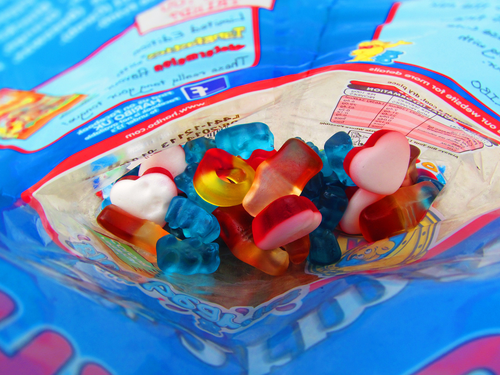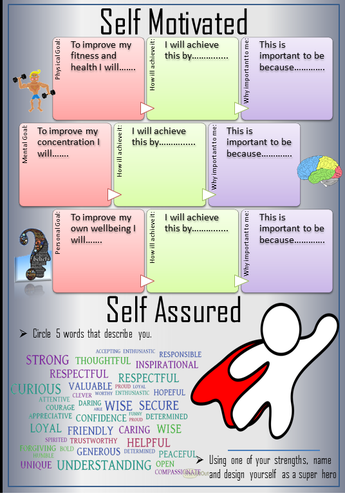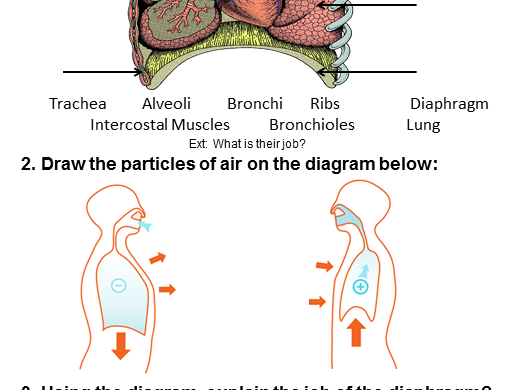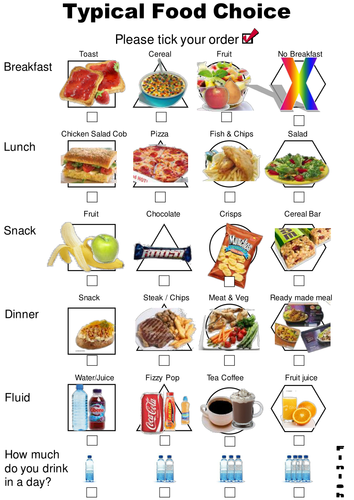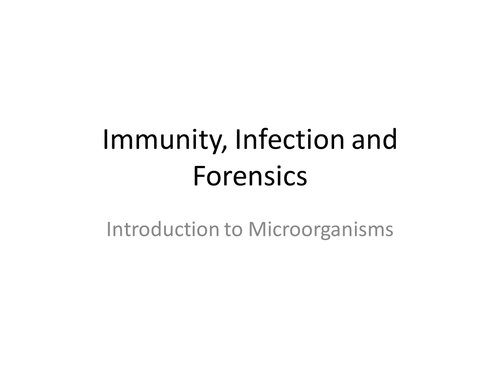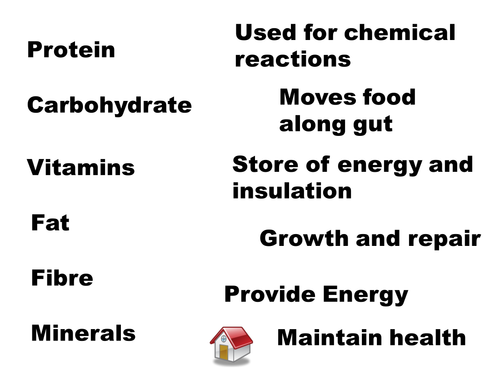70Uploads
42k+Views
8k+Downloads
Biology
Sale

Thinking Scientifically - Controlled Assessment practise - Control Variable, Conclusion, Evaluation
Practise a controlled assessment or practical in a fun and engaging way. Simple activity requiring effervescent tablets, balances, conical flask, rubber bungs and water. The worksheet encourages students to reflect on method and use data to support a conclusion. Students will identify equipment, control variables and write a method (hint sheet provided). Refer to slide 1 for lesson plan.
Sale

Thinking Scientifically - Controlled Assessment practise - Equipment, Control Variable, Risk
Practise a controlled assessment in a fun and engaging way. Simple safe practical requiring Sugar, cups, hot and cold water. Train students to identify risks, control variables and write a method. Refer to slide 1 for lesson plan.
Bundle Sale

Science Club Activities
Activities for science club. Resources are easy to get hold of and includes supporting presentations. Make a sustainable battery out of salt, Build a model of the Lungs, clone mice using sweets and draw a classification key out of licorice.
Bundle Sale

PSHE Activities
Activities to enhance body, mind and soul. Activity booklet promoting self reflection, Circuit cards for a fitness club and a Nutrition questionnaire to reflect on diet. Enjoy
Sale

Villi, Digestive Enzymes and modelling absorption activity
The presentation considers the adaptation of Villi to perform their role. Investigate how the structure of Villi make it effective at absorbing water and nutrients. The worksheet explores digestive enzymes and assesses the students understanding.
Sale

DNA to Amino Acid to Protein Activity
Transcription and Translation activity simplified for low to moderate ability or high ability starter activity. Turn a strand of DNA into a sequence of Amino Acids then translate these into a protein. Extension activity explores the effects of mutations and the beneficial or limiting effects of this. Students could explain what they have done for a plenary.
Sale

Breathing Build a model of the Lungs.
Instructions to make your own model of the lungs and student worksheet. Identify the key parts of the respiratory system (Students will confuse this with respiration so avoid using this word), Describe how the diaphragm is used for gas exchange and how gasses diffuse at the alveoli. Items needed for model lung: Clear plastic cup each (1 pint), Straws (preferably thick), Elastic bands and lots of standard balloons, screw driver.
Sale

Cloning and Genetic Modification with Haribo
A simple activity to model cloning and genetic engineering using Haribo starmix. Student instructions are included. May also wish to buy some flumps. Ensure lab is clean and advisable to wear gloves. I found the smaller Haribo starmix bags to be better as the students can handle these. Must check there are two eggs or have a supply of spare eggs. Get students to describe the process back to you as a plenary. Enjoy.
Bundle Sale

Elements to Atoms to Bonding
Taking the rock out of rocket science and giving students a chance to grasp the concept. From elements to atoms to bond formation. Free STEM Trump cards
Sale

Bespoke Science Resources for Science club, STEM club and lesson activity ideas.
Infographs, posters, games, space, physics, lesson ideas, science club, STEM club. Whatever your requirements we create bespoke resources for your classroom. Simply e-mail your requirements to stemhub1@gmail.com by Thursday for the following week. If you are not satisfied with your resource we will give you a refund - the fee taken by TES. We look forward to bringing your ideas to life!
Sale

Nutrition Survey, Healthy Eating and Food Labels
Nutrition lesson for Teachers or Health Professionals. Raise awareness about poor food choices through a nutrition survey and highlight healthy diet choices. Food labels and worksheet to teach' reading food labels'. Familiar food labels to supplement labels bought in and for use in ranking foods by nutritional qualities.
Sale

Microorganisms - Virus, Bacteria, Fungi
Students are introduced to the different microorganisms and their contrasting structure. Students compare the scale of the microorganisms to familiar objects. Students will then research the microorganisms further and present their findings scientifically (using one of 6 randomly selected scientific formats).



